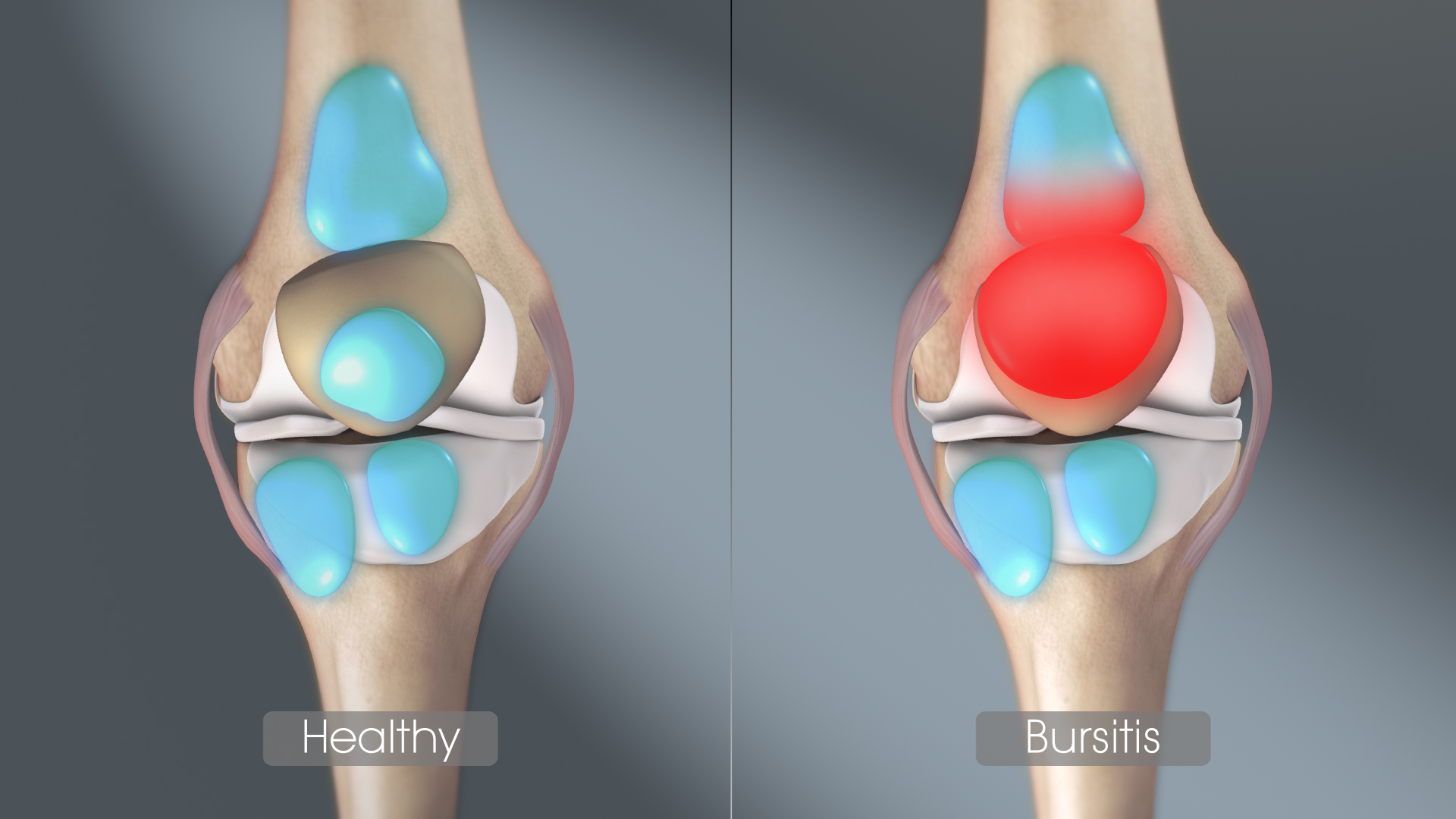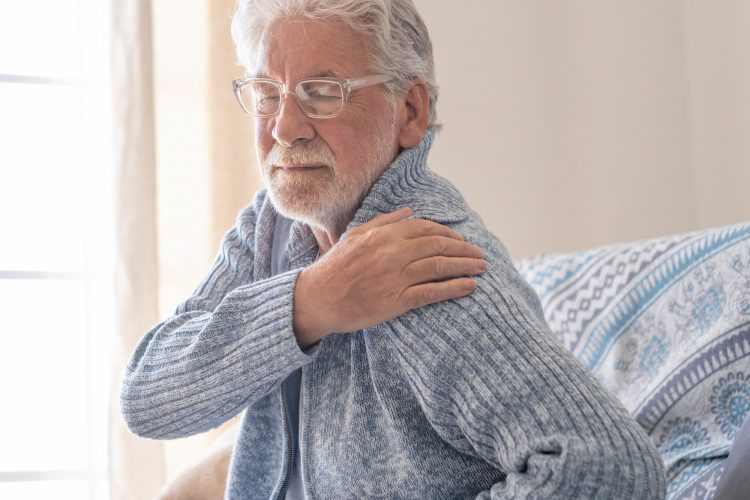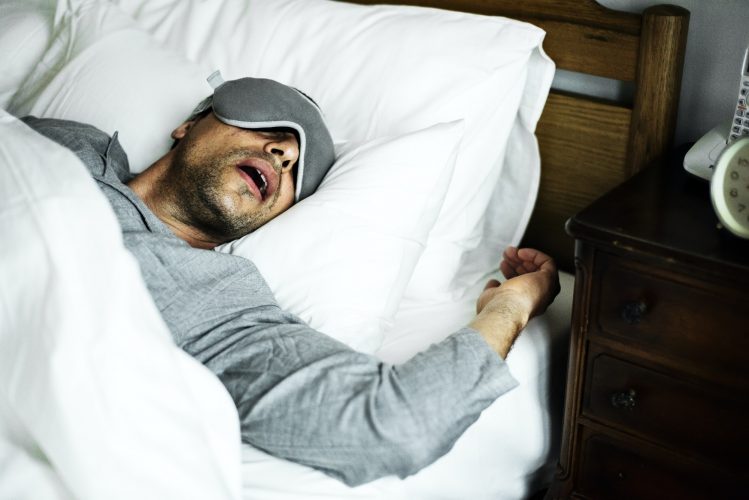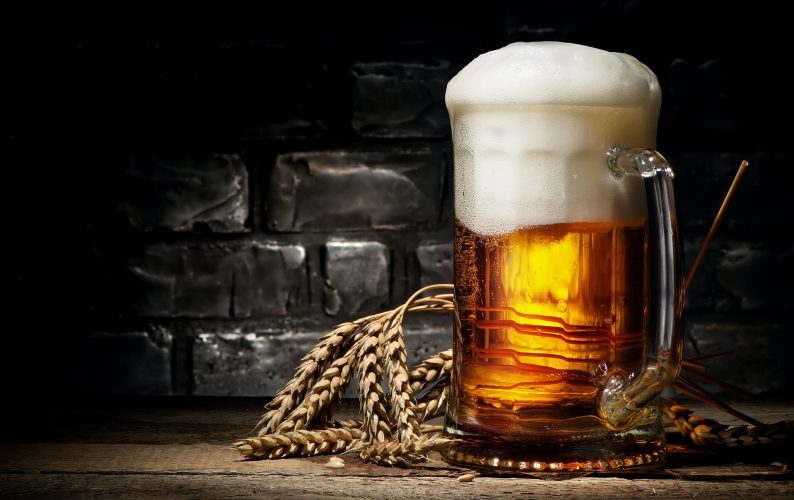Why does my knee hurt?
Knee pain is caused by the following factors:
Knee Bursitis

Knee Bursitis is one of the most common causes of knee pain when kneeling.
The most prevalent cause of knee pain when kneeling is bursitis.

Bursae are small fluid-filled sacs that aid in the reduction of friction between bones and soft tissues.
Bursitis is caused by repeated pressure or friction on a bursa, causing it to enlarge and become inflamed.

Bursitis is one of the most common causes of knee pain from kneeling since any pressure on an inflamed bursa is unpleasant.
In fact, one of the leading causes of bursitis is prolonged kneeling, thus it soon becomes a vicious cycle.
Knee Arthritis

Knee discomfort is a common complaint among people with knee arthritis.
Arthritis causes the bones and cartilage of the knee joint to degenerate, causing the bones to rub against each other, which can be quite painful.

There’s a strong possibility you have arthritis in your knee joint if you’re over 60 and suffer discomfort deep inside the joint when you kneel.
Kneecap arthritis is more likely if your knee discomfort when kneeling is in the front of the knee.
Patellar Tendonitis

Patellar Tendonitis causes knee pain when kneeling. Learn about the causes, symptoms, and treatment options for this condition.

Patellar tendonitis, sometimes known as Jumpers Knee, is a condition that causes pain immediately below the kneecap when you kneel down.

Patellar tendonitis is a condition in which the patellar tendon becomes inflamed. It produces pain and tenderness in the dip below the kneecap, between the patella and the tibial tuberosity, a little bulge on the front of the shin bone.
Osgood Schlatters

Knee discomfort in children and adolescents is most commonly caused by Osgood Schlatters Disease.

Osgood Schlatters symptoms are frequently associated with growth spurts, in which the knee bones grow faster than the muscles and tendons, putting them under a lot of stress.

The tibial tuberosity on the front of the shin is damaged as a result, and the area is quite sensitive.





